Understanding the Probate Process in New York
Probate is the legal process of validating a deceased person’s will and distributing their assets according to their wishes. If you are faced with the task of initiating the probate process in New York, it is important to have a clear understanding of the steps involved and the key factors to consider. This guide will provide you with all the necessary information to navigate the probate process with ease.
1. Confirming the Existence of a Will
The first step in initiating probate is to determine whether the deceased person left a valid will. This document outlines their wishes regarding asset distribution and the appointment of an executor. If a will exists, it should be located and kept in a secure place.
2. Appointing an Executor
The executor is the person named in the will (or appointed by the court if there is no will) responsible for managing the deceased person’s estate. Their duties include:
- Gathering and safeguarding the deceased person’s assets.
- Notifying creditors and paying outstanding debts.
- Filing necessary tax returns on behalf of the deceased person and their estate.
- Distributing assets to beneficiaries according to the will’s instructions.
Choosing the right executor is crucial, as they play a central role in the probate process. It is often advisable to seek legal counsel to ensure the executor’s responsibilities are carried out correctly.
3. Filing a Petition with the Surrogate’s Court
In New York, probate matters are handled by the Surrogate’s Court in the county where the deceased person resided at the time of their death. To officially initiate the probate process, you will need to file a petition with the Surrogate’s Court. This petition should include:
- The original will (if available).
- A death certificate to prove the person’s passing.
- A list of the deceased person’s assets, including real estate, bank accounts, investments, and personal property.
- A list of the deceased person’s debts and liabilities.
4. Notifying Heirs and Beneficiaries
Once the petition is filed, the court will issue citations or notices to all heirs and beneficiaries named in the will or determined by law. These notices inform them of the probate proceedings and their right to contest the will if they have objections.
5. Resolving Any Will Contests or Disputes
During the probate process, interested parties, such as heirs or creditors, may raise objections or disputes. Common reasons for contesting a will include allegations of undue influence, fraud, or the testator’s lack of capacity when creating the will.
The Surrogate’s Court will hold hearings to address these disputes and determine the will’s validity. It is essential to have legal representation to protect your interests if you are involved in a will contest.
6. Administering the Estate
Once all issues are resolved, the court will grant letters testamentary to the executor, authorizing them to carry out their duties. This includes collecting assets, paying debts, and ultimately distributing the remaining assets to beneficiaries according to the terms of the will.
7. Closing the Estate
After all responsibilities are fulfilled, the executor can petition the court to close the estate. This requires providing an accounting of all transactions and distributions made during the probate process. Once the court approves the accounting, the estate can be officially closed.
Seeking Legal Guidance from Morgan Legal Group
The probate process can be complex and emotionally challenging, especially during a time of grief. Seeking legal guidance from experienced professionals like Morgan Legal Group can make the process more manageable and ensure that your loved one’s wishes are carried out correctly. Our team of attorneys has extensive experience in handling probate matters in New York and can provide you with the necessary support and guidance throughout the process.




